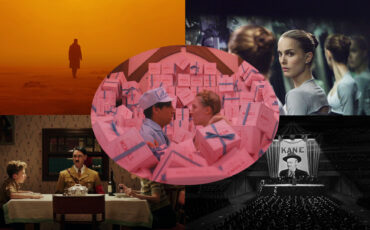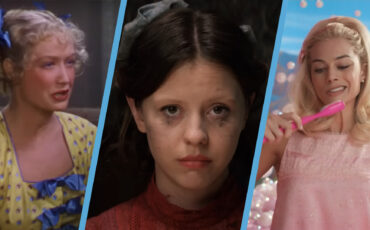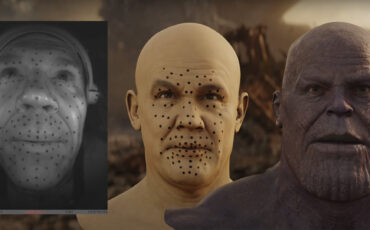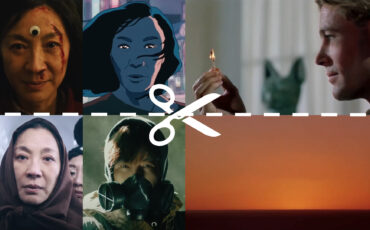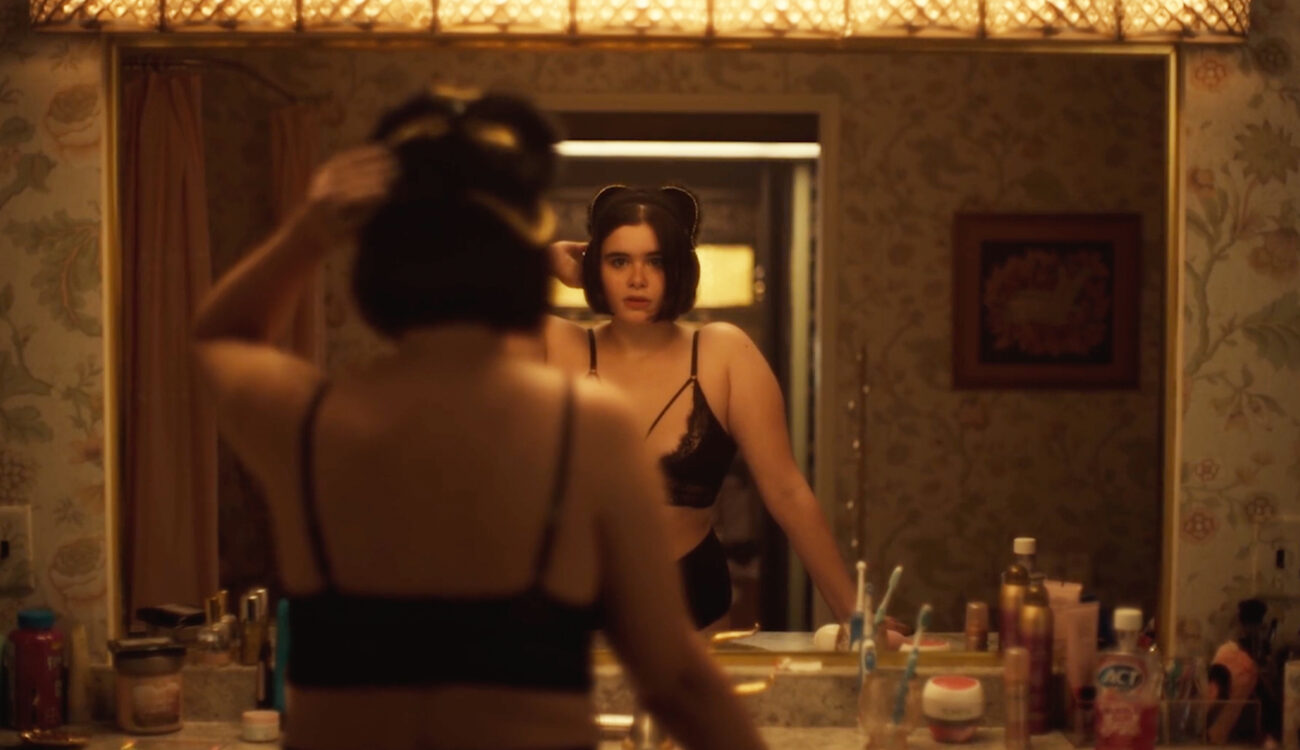
Mirror, mirror on the wall… Mirrors are an impressive tool in cinematography. Not only do they have the potential for creating fascinating shot compositions and ambiguous space, but they can add another layer to your story through the character’s reflection. Reflections themselves pose a big issue, though. Namely, how do you hide your camera and crew? Choosing the right angle is surely a way to do it, but what if you are after rather tricky shots with mirrors? Let’s take a look at some examples and ways to execute them!
If you are into cinema history, then you definitely know that mirrors have been a useful tool on set for a while. For instance, filmmakers used them to bounce lights or to create optical illusions (before VFX came around), like adding a ghost by applying a partly reflective transparent mirror. However, that’s another topic. Below, we will talk about mirrors that become an actual piece on set and in the shot. And how on earth do filmmakers manage to pull them off?
Shots with mirrors: Going through
Let’s start with the most impressive kind. Imagine we are standing in front of the mirror slightly behind the character (say, over-shoulderish), and looking at their reflection. The camera slowly pushes in and then suddenly goes through the mirror and follows the action in the reflected realm. Do you know what show has made this type of shot into their signature move? I’m talking about “Euphoria,” of course. We wrote about its remarkable cinematography once. This time around, let’s focus solely on their tricky mirror transitions, like this one, for example:
In the dedicated episode of “The ASC Clubhouse Conversations,” the show’s cinematographer, Marcell Rév, breaks down this particular scene and explains how they achieved it. As in similar transitions throughout the series, the mirror in Kat’s bathroom is not real. Instead, they use a cut-out wall and duplicate everything, from the smallest items on the vanity to the performance of the actress’s body double. The camera, fixed on a crane, goes through the hole and follows the action.
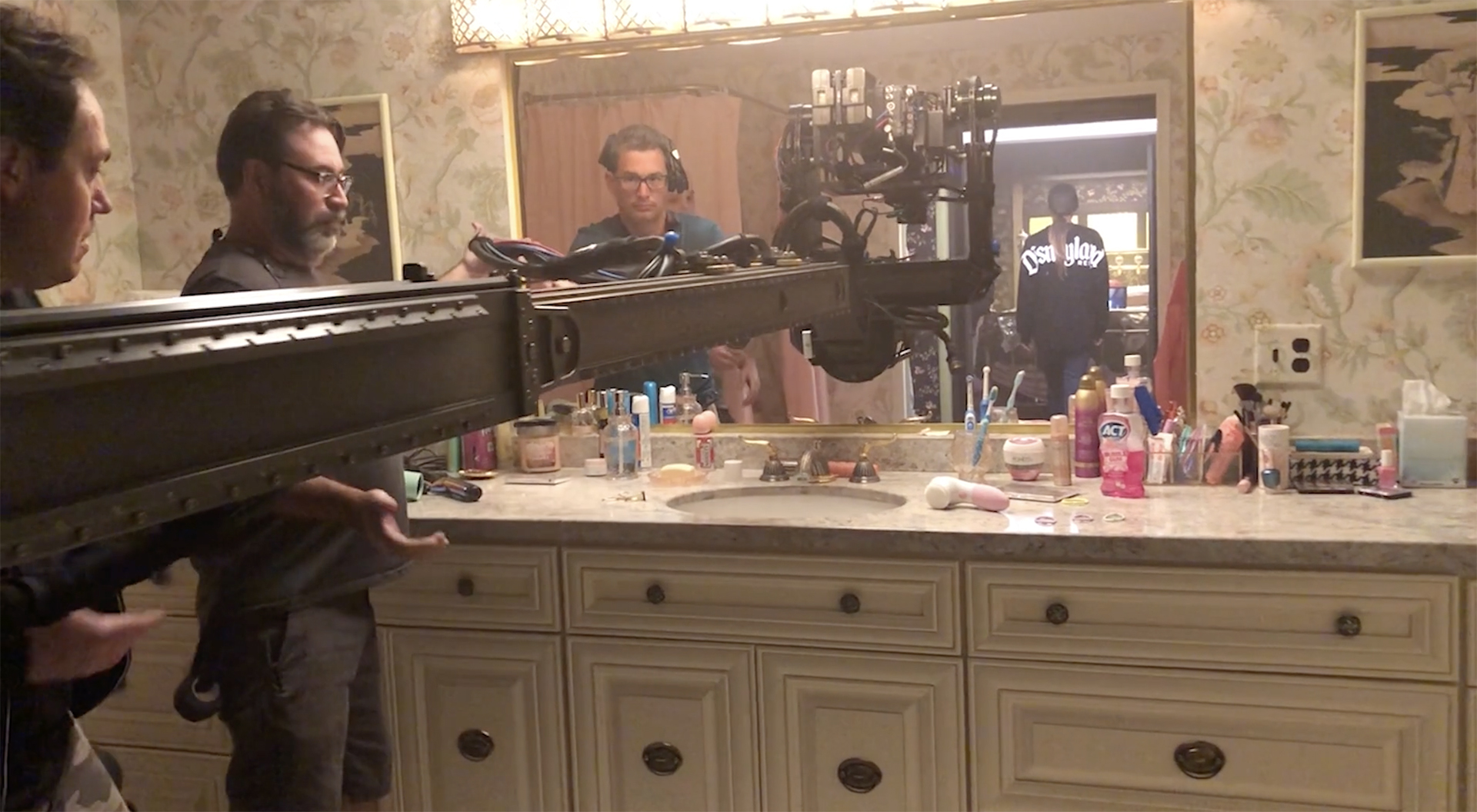
It’s an old-school trick, as Marcell Rév calls it, but a fun one. However, something like this requires a lot of effort in preparation and choreography.
Enhancing the mirror trick
If you want this well-known trick to feel even more mind-blowing, you can combine it with a shot of a real mirror, just like the creators of “Sucker Punch” did. In the subsequent scene, the camera slowly circles around the characters while they are talking until it reaches Blondie, performed by Vanessa Hudgens. Then, we dive into the mirror and see the girls’ reflections from the other side. Impressive, right?
How is it possible? The first part of the shot is similar to the “Euphoria” scene, which we discussed before. It’s not a real mirror, and we see everything doubled with the actresses sitting on the “reflection” side. After the camera pushes through the mirror, there is a small invisible stitch. At about 01:06, Vanessa’s head hides the background, and that’s where editors transition into the second shot, filmed using a real mirror. And the trick is sold!
Where to hide the camera in shots with mirrors?
Let’s say you want to spare the effort of building a doubled set, or you need a real mirror and reflection for the shot. What’s the best way to hide the camera? The cheapest and easiest one is to frame your character at an angle. Use longer lenses just out of frame, and cheat the actor a bit so that their position looks true on the monitor and not in reality. That works with all kinds of mirrors but needs a bit of fiddling in rehearsal.
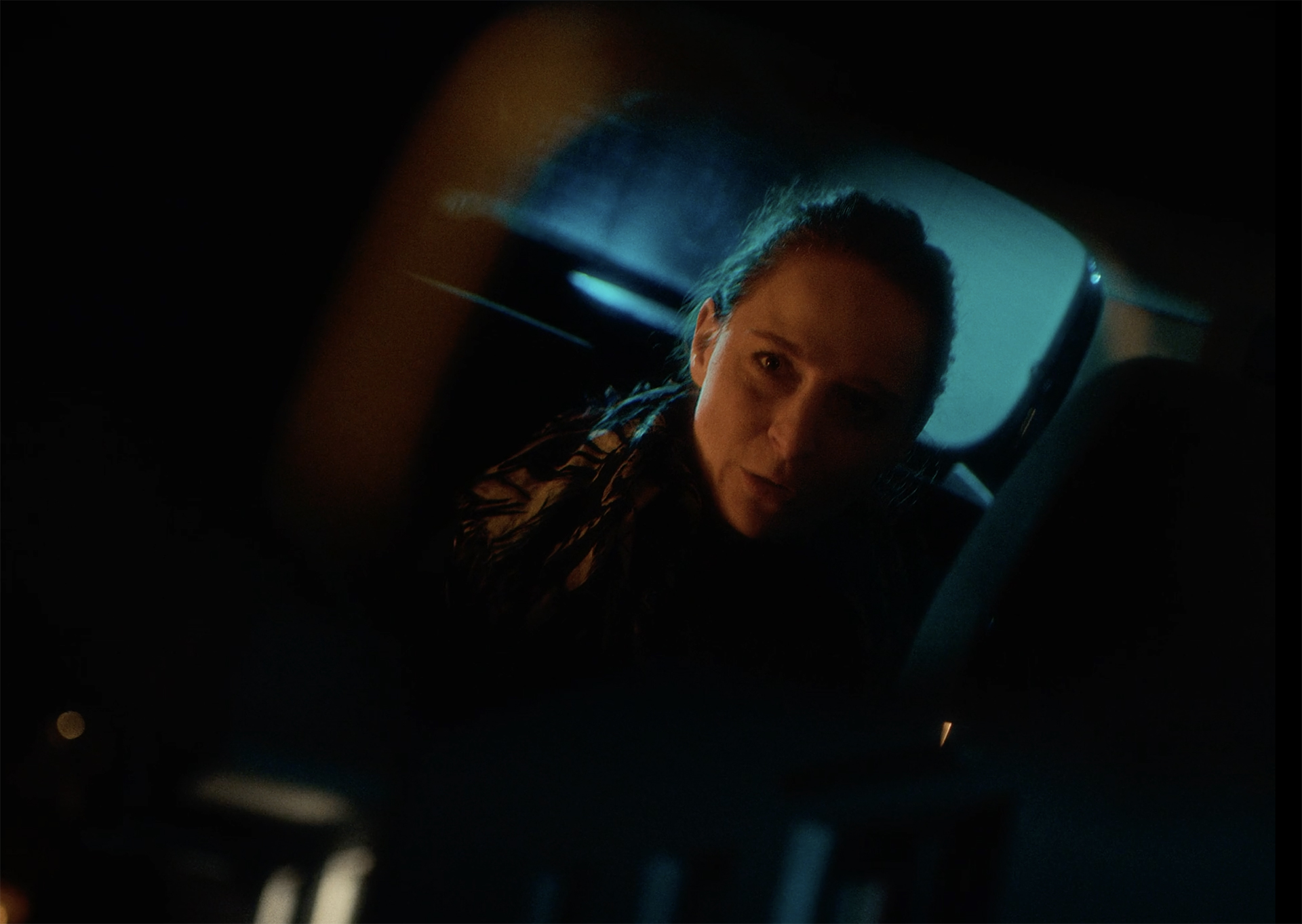
But what if your goal is to film frontally toward the reflection and not off-axis? One example that was much discussed on filmmaker’s forums and YouTube channels is a mirror scene from the French-Swedish black horror drama “Force Majeure” by Ruben Östlund. Just take a look at this still:
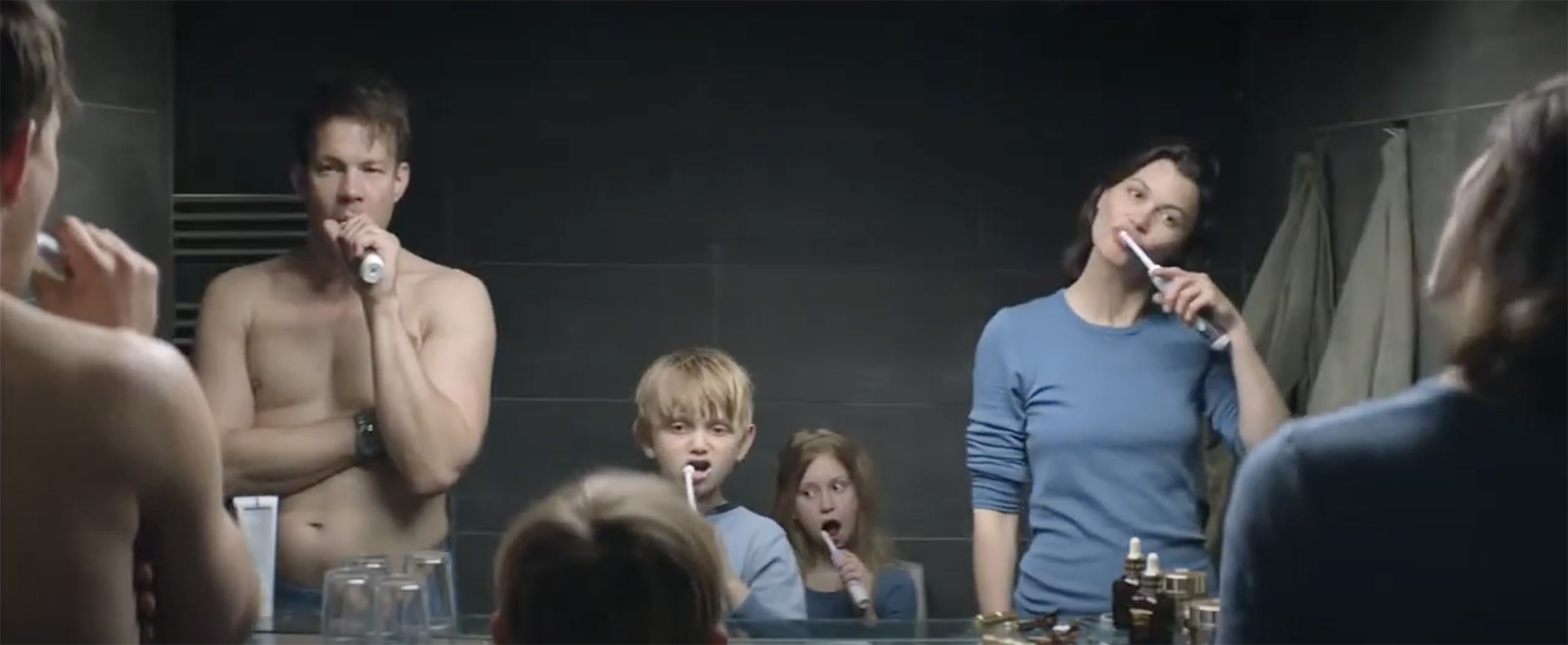
No way to hide the camera in the reflection, right? In fact, no space to put the camera or the crew there at all. It turns out that the creators built the camera into a fake wall, only with a lens peeking through, and hid themselves behind it as well. Since it’s a static shot, in post-production, they only needed to mask out the small circle of lens sticking out. Simple trick, grand effect!
Legendary shot with a mirror, a girl, and pills
Another shot that has already become a legend in its own right is from the 1997 classic “Contact” by Robert Zemeckis. You know the one I’m talking about? If not, let’s rewatch it together (starting from 00:11):
When you see this sequence for the first time, it’s mesmerizing. You want to rewind the film and watch it again and again, racking your brain trying to figure it out. The first question is: How do you come up with such a shot? (I’m still puzzled and in awe, to be honest). The second: How is it possible to achieve?
Well, not without digital trickery. It is a complex scene that involves a lot of camera motion. But in the end, it’s all about the transition into the reflection. Instead of a real mirror, we’re dealing with a blue screen here, placed on the cabinet, onto which the first shot from the hall is imposed. Then, it becomes only a matter of careful stitching in post.
Reciprocal mirror shots
Ready for another astonishing shot? I bet you know this one as well. Yet, do you have any idea how to execute something like this?
Some may think it’s all possible through effects and computer-generated images. Nowadays, most filmmakers probably use the mighty rotoscoping for mirror shots and don’t bother to hide the camera behind a fake wall. However, it wasn’t the approach in this particular sequence from “Black Swan.”
VFX artists from the YouTube channel “Corridor Crew” found some behind-the-scenes footage and demonstrated the process here. In fact, this scene with Natalie Portman was filmed from behind a reciprocal mirror, also called a one-way mirror. It’s a mirror that appears reflective from one side and transparent from another (like we know from interrogation room sequences in films). This way, the creators of “Black Swan” got reflections to form an infinite labyrinth for real. As for the element in the reflection, where she scrapes herself, they filmed it on the green screen, trying to replicate the same camera movement, and then stabilized it and tracked it back into the original shot.
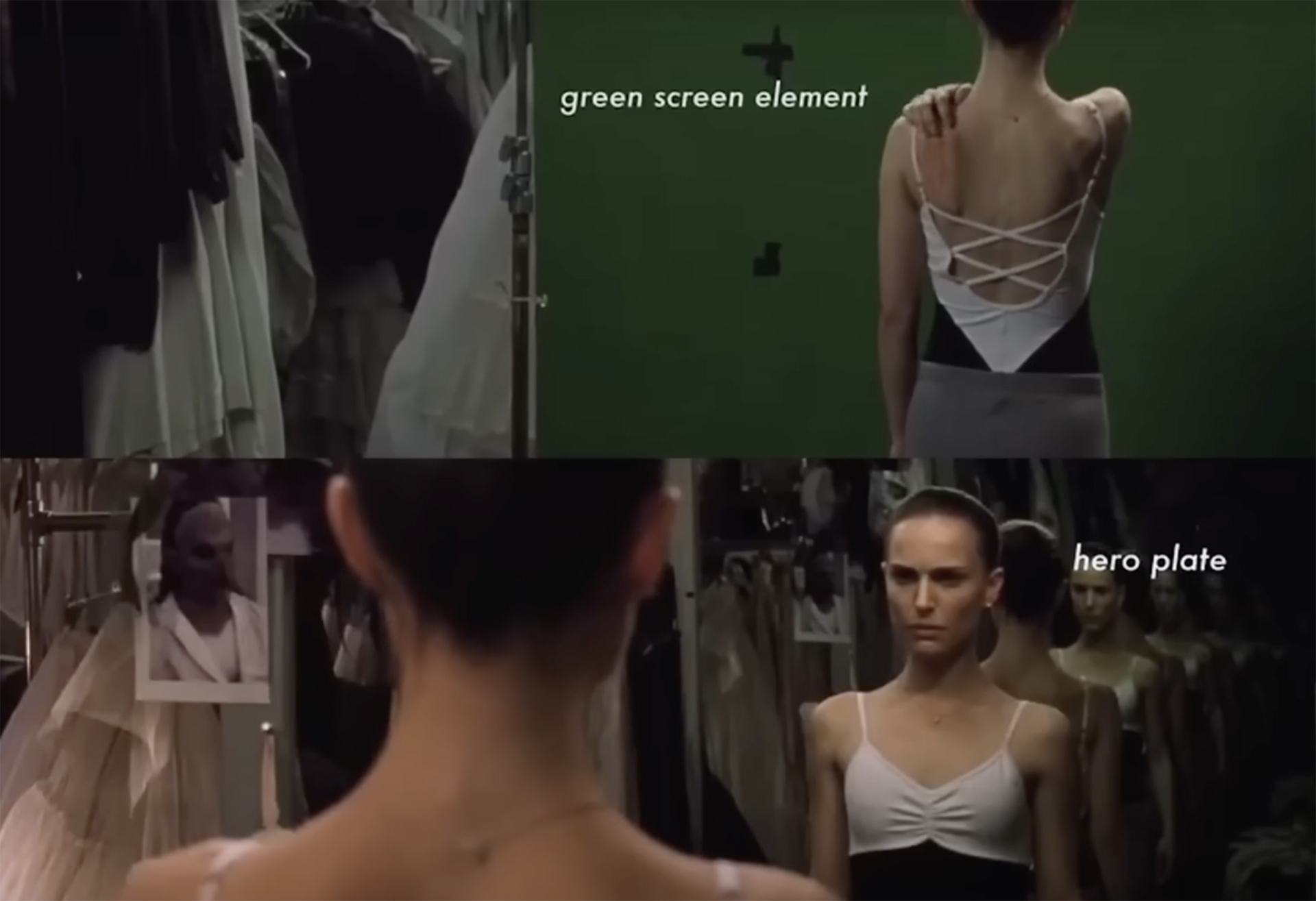
As you can see, there is absolutely no limit to creativity regarding tricky shots with mirrors and ways to execute them. What is your favorite example? Do you also like to include reflections in your shots, and if so, what’s your go-to process to hide the camera and the crew? Let’s gather some more impressive workflows in the comments below!
Feature image: a film still from the “Euphoria” series, HBO Max.
Full disclosure: MZed is owned by CineD
